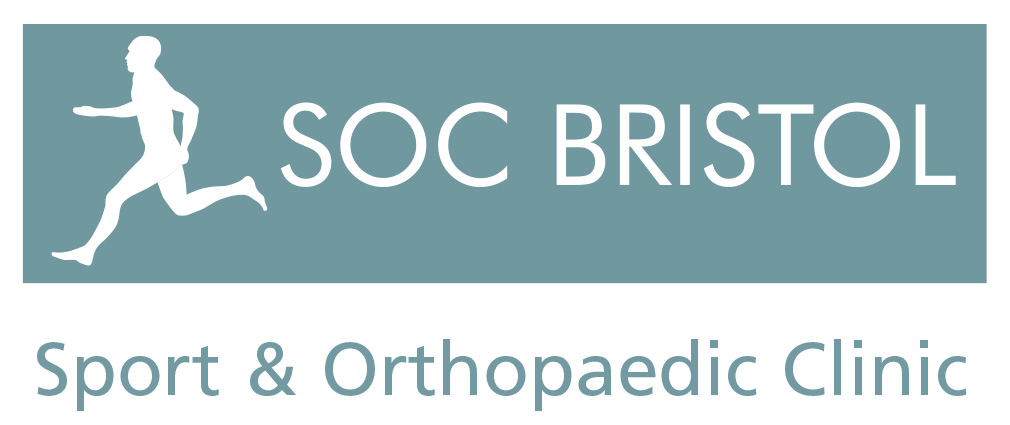Superior Labra Anterior Posterior (SLAP) lesions.
SLAP lesions or tears usually occur following a fall on the arm or occasionally as a consequence of repetitive overhead activities such as an overhead throw or pitch. They may also follow a dislocation of the shoulder. It typically affects younger adults and is often a sporting injury.
Structures involved:
The relatively flat Glenoid (or bony shoulder socket) is surrounded by the labrum (a lip of fibrous tissue) that produces a shallow socket to stabilise the Humeral head (the ball of the ball and socket joint. The long Head Biceps (LHB) tendon enters the Gleno-Humeral (shoulder) joint at the front between two of the rotator cuff tendons, Subscapularis and Supraspinatus. The LHB tendon then passes through the joint to attach to the Supraglenoid Tubercle at the top of the Glenoid. It is possible to pull the superior labrum and the tendon off the bone in this region from the anterior (front) to the posterior (back).
Signs and symptoms:
Pain
There may be pain in the shoulder particularly with an overarm throw or pitch, and this may be associated with clicking or clunking.
Instability
There may be a sensation of instability within the Gleno-Humeral Joint.
Catching, grinding etc.
There may be abnormal sensations felt from within the joint.
Loss of power
There may be an appreciable loss of power with overhead activities such as a pitch or throw. A sudden forced overhead activity may be associated with pain or a deda arm.
Occasionally it is difficult to differentiate between Acromio-Clavicular Joint (ACJ) pain and a SLAP lesion or the two may co-exist.
Diagnosis:
The diagnosis may be clear from the history or examination, but further imaging is normally required to confirm the diagnosis and exclude or identify other problems within the shoulder.
Plain Radiographs (X-Rays).
These are important to exclude additional pathology but will not usually identify a SLAP lesion itself.
Magnetic Resonance Imaging Arthrogram (MRI-A).
This involves the injection of a contrast into the joint before the examination. This improves the detail of the exam and allows the identification of damage to the labrum as well as possible damage to other structures such as the rotator cuff tendons. Plain MRI scans may miss the diagnosis.
Computerised Tomography (CT scan) with or without contrast.
This scan allows the imaging of the bony structures including potential damage to the socket. If an injection of contrast is used it can be used in the place of a Magnetic Resonance Imaging Arthrogram (MRI-A) to visualise damaged soft tissues and labrum.
Arthroscopy.
An arthroscopy is the best way of identifying, confirming or assessing a SLAP. It allows direct visualisation of the Labrum and the extent and nature of the SLAP tear to be identified. Arthroscopy will also allow a dynamic assessment of stability of the Labrum and the requirement for surgical stabilisation. The labrum can then be stabilised or debrided as necessary during the same procedure.
Treatment:
There are no non-surgical treatments for a SLAP lesion itself but the symptoms may respond thereby potentially avoiding the need for surgery.
Rest.
The shoulder can be rested until the acute pain settles. Excaerbating activities should be avoided. A sling (PolyslingTM) may provide support and symptomatic relief but is not required.
Analgesia and Anti-inflammatories.
Simple pain killers (eg: Paracetamol) and anti-inflammatories (eg: Ibuprofen, Diclofenac, VoltarolTM) may be helpful in providing pain relief.
Physiotherapy and rehabilitation.
Physiotherapy will not treat the underlying SLAP lesion but may help strengthen and stabilise the shoulder reducing symptoms. Other modalities such as cryotherpay may be helpful in treating the initial pain following an injury.
Arthroscopic (keyhole) SLAP repair.
If symptoms persist despite non-operative management then it is reasonable to consider surgical treatment in the form of an Arthroscopic (keyhole) SLAP repair. This procedure allows the type of SLAP tear to be identified and appropriate treatment provided, repairing the detached labrum, using small bone anchors and stitches, or trimming of damaged tissue.

